Is It Safe to Travel to Antarctica? What to Know Before You Go
Antarctica experts Jarryd and Alesha share their Antarctica safety tips for travelers, from harsh weather to staying safe (and upright) on the ice. Here's what you need to know before you travel to Antarctica.
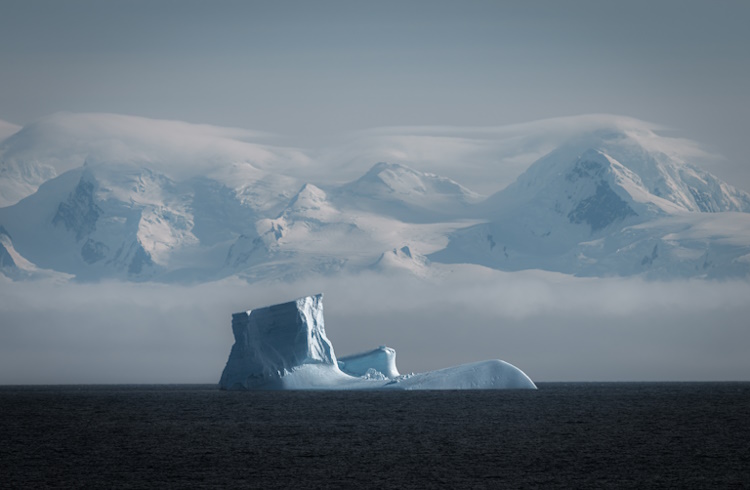 Photo © NOMADasaurus
Photo © NOMADasaurus
In recent years Antarctica has transformed from a distant, icy wilderness that’s nearly impossible to visit to one of the most sought-after destinations on the planet.
We’ve been lucky enough to visit many times, leading tours, creating travel content, and now working as expedition photography guides on ships in this fascinating environment.
While visiting the world’s most remote destination can be challenging, the answer to “Is it safe to travel to Antarctica?” is yes – it’s very safe if you’re prepared and join a reputable tour operator.
Let’s dive into some key Antarctica safety tips to help you have an unforgettable, safe adventure at the bottom of the world.
- Choosing the right operator
- Staying safe in rough seas
- Protecting yourself against the cold
- Cruise ship safety and evacuation
- Zodiac safety
- Kayak safety
- Staying safe while on land
- Protecting camera equipment and gear
Choosing the right operator
When it comes to exploring Antarctica, who you go with matters. Are Antarctica cruises safe? Generally, yes. If you choose the right operator, you won’t really have to worry about anything.
Here are our expert tips on selecting a trustworthy operator:
- Check for IAATO Membership: Operators that are part of the International Association of Antarctica Tour Operators (IAATO) follow strict environmental and safety guidelines. This is a non-negotiable for responsible travel to Antarctica.
- Look for expertise: Choose an operator with many years of experience running expeditions in Antarctica. Read reviews, ask other travelers, and do your own research. Not all companies are created equal, and we only personally recommend about 10 operators.
- Smaller ships are better: Regulations state that no more than 200 people can disembark a ship in Antarctica at any one time, so if you are on a larger ship than that, groups are split up resulting in less time out exploring. More than 500 people onboard and nobody is allowed to get off the ship at all. That’s why it’s very important to select a ship that holds 200 people maximum.
Staying safe in rough seas
The Drake Passage – the notorious stretch of water between South America and Antarctica – is famous for its rough seas. It can be very extreme, but for the most part it’s moderate and sometimes even completely calm. Here’s how to stay safe (and comfortable) during the journey:
- Pack seasickness medication: The rough seas in Antarctica can catch even seasoned sailors off-guard. Bring over-the-counter seasickness tablets or patches and take them before you disembark in Ushuaia, not when you already feel sick. Trust us, take them even if you think you’ll be fine.
- Choose a modern vessel: Larger ships tend to handle rough seas better (but remember the 200-passenger limit). If you’re prone to seasickness, read reviews on the size and stability of the ship. Many new vessels have stabilisers as well.
- Secure loose items: Rough waters can cause things, and people, to slide and tip over quickly and unexpectedly. Secure any loose items in your cabin and avoid moving around too much during choppy weather. Keep one hand for the ship at all times! And whatever you do, don’t put your hand on door jambs or the hinged area of an open door – you don’t want a heavy door to slam down on your fingers when the ship lurches. Your cabin may be equipped with latches that prevent doors from swinging open or shut. Use them.
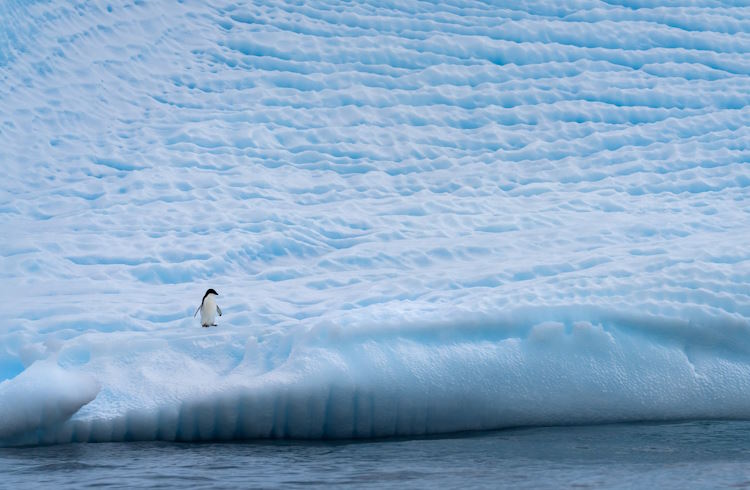
Protecting yourself against the cold
In the harsh Antarctic environment, having the right gear is crucial. Here’s what you should pack:
- Layer up: Antarctica’s weather changes quickly – we’ve seen it go from being a warm, clear day to white-out blizzard conditions in less than 15 minutes. A layering system is key, which means using base layers for warmth, mid-layers for insulation, and a waterproof outer layer to keep out wind and moisture. If you start to overheat, you can peel layers off, and if you start to feel cool you can put them back on. We often wear warmer layers on the zodiacs, then strip down for landings.
- Waterproof everything: Waterproof pants, jackets, and gloves are non-negotiable. You’ll be dealing with snow, sea spray, and sometimes rain. Most companies will provide waterproof jackets.
- Polarised sunglasses and sunscreen: The sun’s reflection off the ice can be intense, so pack good-quality sunglasses and high-SPF sunblock. Ski goggles can be great as well.
- Rubber boots: Your operator will often provide these (we recommend choosing an operator that does), but if not, bring insulated rubber boots for Zodiac landings.
Cruise ship safety and evacuation
Modern cruise ships travelling to Antarctica are equipped with high-tech safety measures, but you still need to follow the rules.
- Attend safety briefings: There will be a mandatory safety briefing at the beginning of your cruise. This will cover everything from life jacket locations to evacuation procedures.
- Know your muster station: Make sure you know where your designated muster station is in case of an emergency. This is where you’ll gather if there’s a need to evacuate the ship. Very unlikely, but it has happened before.
- Have travel insurance: Consider buying travel insurance that will cover medical emergencies and evacuation.
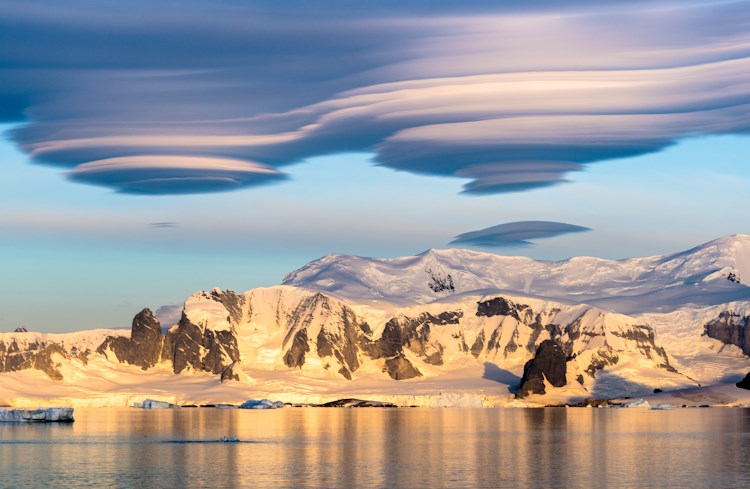
Zodiac safety
Zodiacs are inflatable motorized boats used for getting off the ship and exploring Antarctica up close. A Zodiac cruise is our favorite activity down there. Here’s how to stay safe while boarding and riding these small tenders:
- Listen to your guide: Your guide will instruct you on the safest way to board and disembark the Zodiac. Follow their advice carefully and always keep both hands free when getting in and out of the vessel.
- Wear a life jacket: Always wear the life jacket provided when riding in Zodiacs. You won’t be allowed into a tender without one on.
- Keep low: When moving in and out of the Zodiac, keep your center of gravity low and hold onto the rope or handles to avoid tipping. Always ask the driver before standing to ensure it’s safe to do so.
Kayak safety
Kayaking in Antarctica is an incredible experience, but it requires some extra safety considerations:
- Be honest about your experience: Most tour operators will ask about your previous sea kayaking experience before booking this optional activity. Be truthful about it –there’s nothing worse than one person in the group having no idea what they’re doing, which affects everybody else’s time.
- Dress for immersion: In case you fall in, you need to stay warm. Your tour operator will give you a full dry suit to wear, but you need warm layers underneath. Put your camera/phone in a drybag if you plan on bringing it out with you.
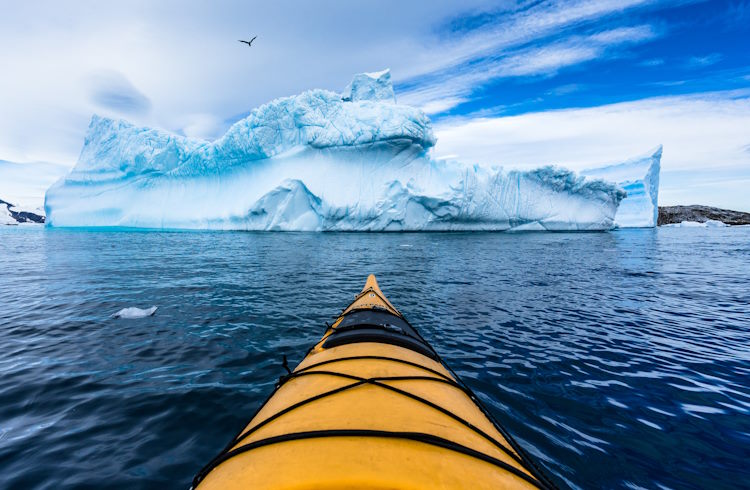
Staying safe while on land
Antarctica’s landscapes are awe-inspiring but can be hazardous. Whether you’re walking among penguins or visiting research stations, keep these tips in mind:
- Watch your step: The terrain can be icy, rocky, and very uneven. Walk carefully to avoid slips and falls. Ask your operator if they supply walking poles or bring your own if concerned.
- Respect wildlife: Maintain a safe distance from wildlife (five meters for penguins, more for seals). The wildlife is unpredictable, and you want to avoid causing any stress to the animals. Plus, seals can be very dangerous, so stay well clear and listen to the expedition team’s instructions.
- Stick to marked paths: Follow the paths outlined by your guides to avoid disturbing fragile environments, getting lost or falling into a crevasse.
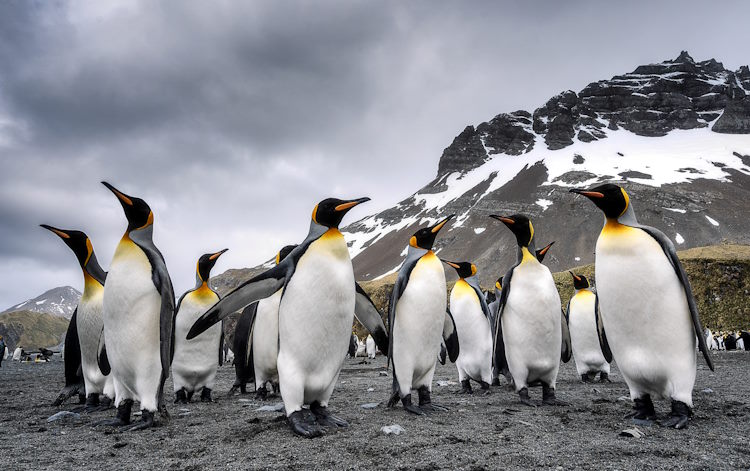
Protecting camera equipment and gear
Antarctica is a photographer’s paradise, but the cold and wet conditions can be tough on your gear. Here’s how to protect your camera equipment:
- Use dry bags: Keep your camera in a dry bag when not in use, especially on Zodiacs or in snowy conditions.
- Bring spare batteries: Cold weather drains battery life quickly. Bring plenty of spares and store them close to your body to keep them warm.
- Avoid lens fogging: When transitioning between cold outdoor air and warm indoor spaces, let your camera adjust gradually to avoid condensation forming on the lens or inside the body.
Keep these Antarctica travel tips in mind, and you’ll be ready to safely enjoy one of the most remarkable places on the planet.
Related articles
Simple and flexible travel insurance
You can buy at home or while traveling, and claim online from anywhere in the world. With 150+ adventure activities covered and 24/7 emergency assistance.
Get a quote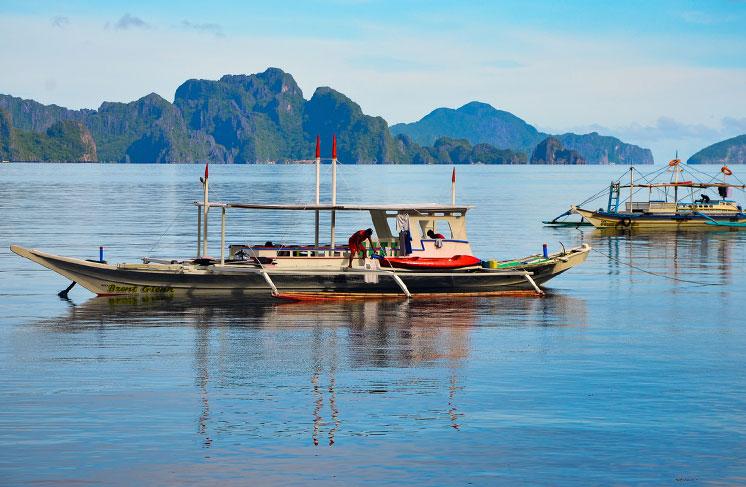
4 Comments
<a href="http://www.good.com">Good</a> Post.
Good afternoon all,
Please, may I get the difference between the following destination: Antarctica, Antarctic Flyover, and Worldwide (Antarctic Circle)? I am going to as for a quotation for my next honeymoon in Antarctica, and I would avoid to set up a wrong destination in the format.
Thanks in advance for your attention.
Waiting for your kind reply, I wish you a nice rest of day.
Carmine Pacente
Hi Carmine,
Thanks for reaching out and congratulations on your upcoming wedding!
Listing Antarctica will cover you for when travelling on the continent, whereas Worldwide (Antarctic Circle) will cover you for travel on the continent and the surrounding area. Both these premiums are the same. However, the Antarctica Flyover option is for when you’re flying over the continent but not landing anywhere within the circle.
If you have any further questions, you’re welcome to email our team at info@worldnomads.com and one of the service staff will be happy to help.
Safe travels,
World Nomads Team
Hi I'm currently 10 ( mind you I consider myself a bit more mature at times then other kids ) and I want to travel to Antarctica when I'm 18/19 with my two friends younus (born in Ireland and lived there for 7/8 years now lives in Lithuania ) and Noah (big star wars can and lived in ireland) because I want to be the first person to run I the OT (operation transformation it's a big thing in ireland) 5k race in Antarctica along with my friends a nd possibly raise charity funds bye running again in Greenland for the late late toy show (mega mega big huge children's charity event show in ireland) so I'd like a big gridlock and a pray to saint Anthony for me because it seems so hard it's a lost cuase but I really think I will do it. God speed and good luck from Ireland for all with similar goals. (Also whoever thinks I'm sus for all this perfect writing its just the auto correct)
T